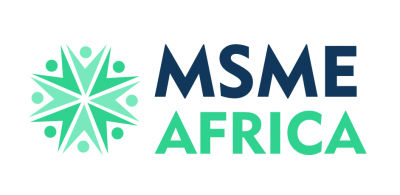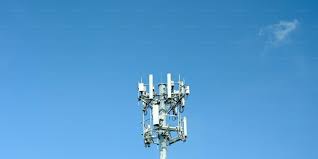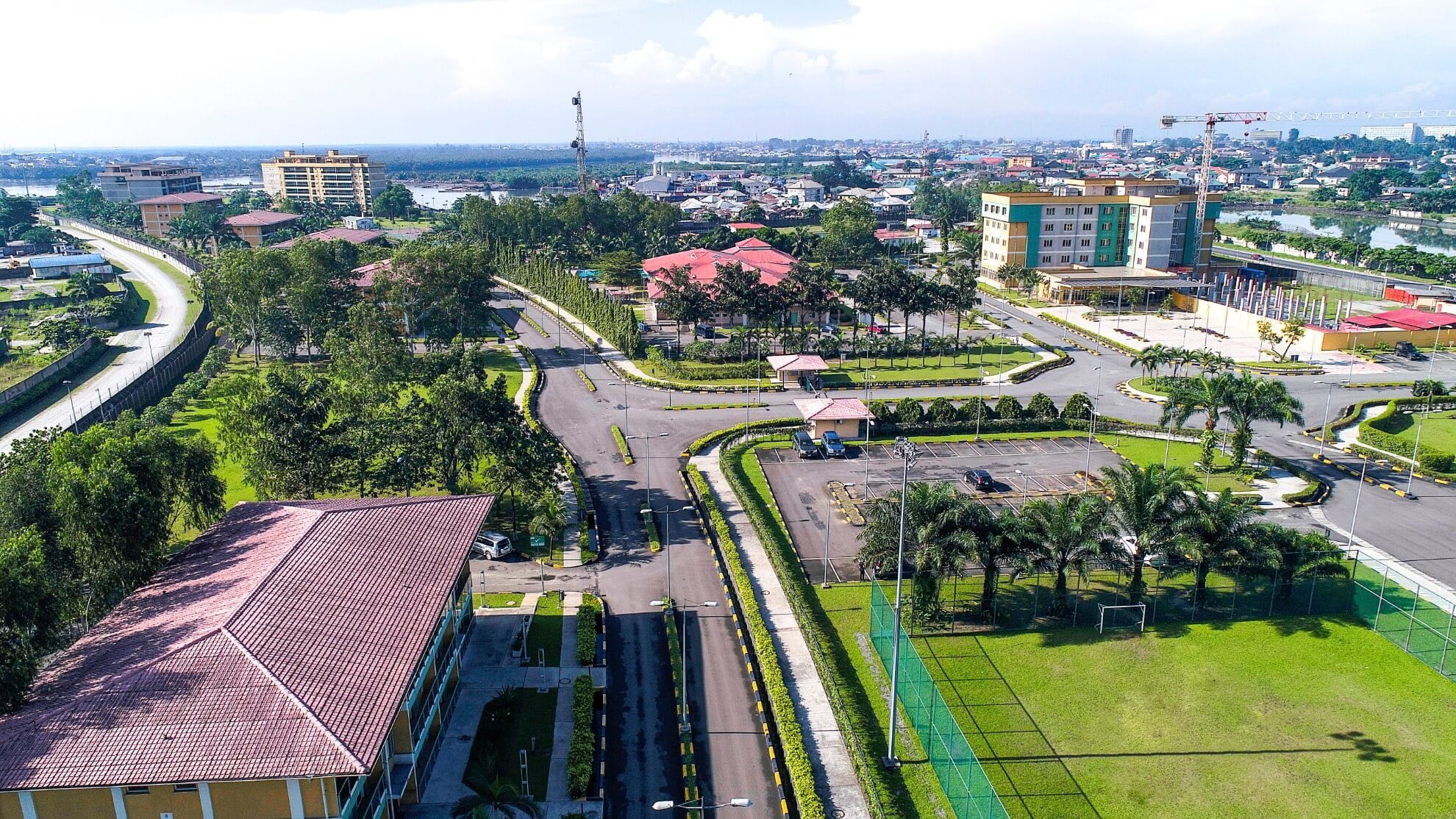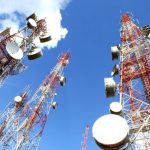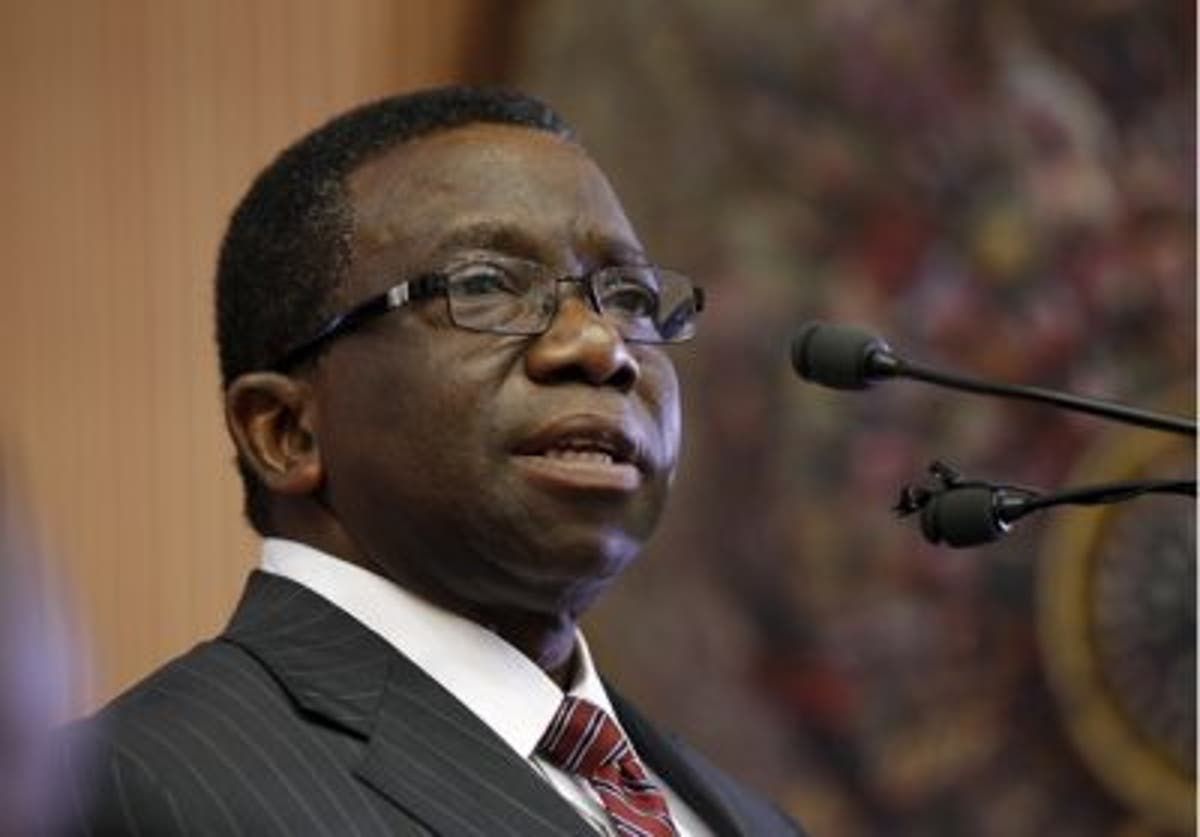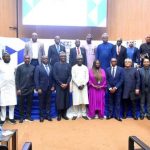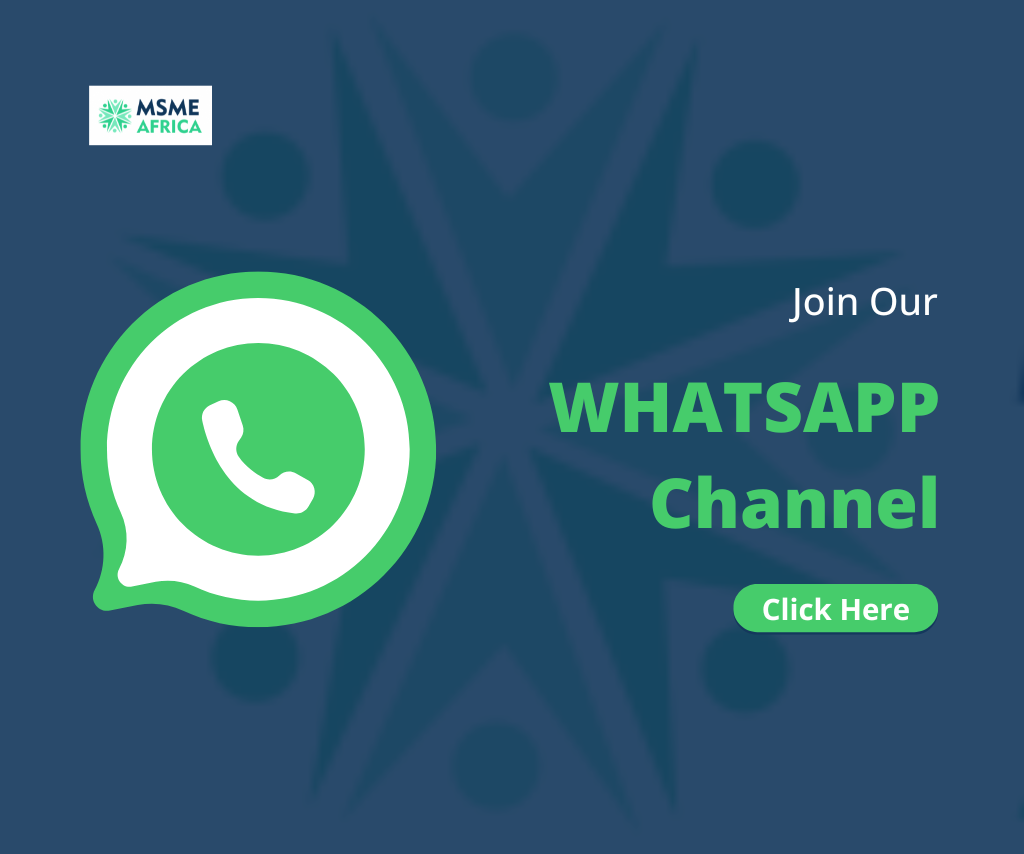The Global System for Mobile Communications Association (GSMA) has revealed that Nigeria requires an additional $360 million investment to expand 4G network coverage to 98% of the country’s geographical area.
This was disclosed in its 24-Year in Review report for Sub-Saharan Africa, which highlighted key developments in the telecom industry. According to the GSMA, Nigeria’s 4G coverage has grown significantly from 41% in 2019 to 84% in 2024. However, rural areas lag behind with only 48% coverage. The organization noted that the remaining 2% of the population, living in remote and sparsely populated areas, would likely need satellite technologies for connectivity.
The GSMA emphasized that policy reforms are critical to bridging the investment gap. It suggested removing sector-specific taxes on telecom infrastructure and retail price regulation, which could reduce the gap by 44% to $200 million. Additionally, it recommended improving access to affordable 4G devices, ensuring telecom infrastructure security, and eliminating Right of Way fees.
“If the policy reforms recommended in this report are adopted altogether, they could significantly accelerate mobile broadband adoption by 2030,” the GSMA stated.
In the first edition of its Digital Africa Index, the GSMA found that countries with strong policy frameworks and political commitment are more likely to experience higher digital development and mobile broadband adoption. However, only four African countries—Kenya, Mauritius, Seychelles, and South Africa—scored above 50 out of 100, indicating significant room for growth in the rest of the continent.
Addressing challenges in Nigeria’s telecom sector, the Minister of Communications, Innovation, and Digital Economy, Dr. Bosun Tijani, stated that the government has declared telecom infrastructure as critical national infrastructure. He also acknowledged the need for public investment to complement private-sector efforts, particularly in underserved areas, while setting quality benchmarks for telecom services nationwide.
